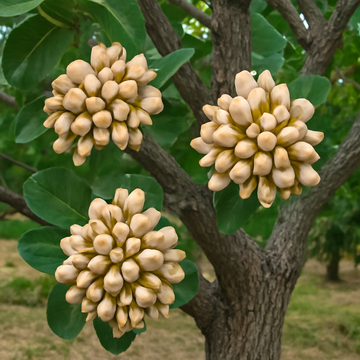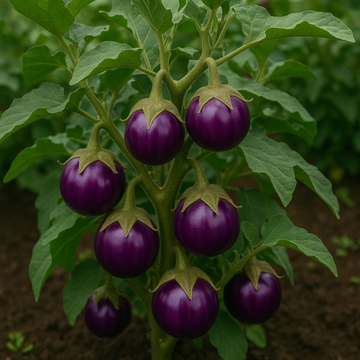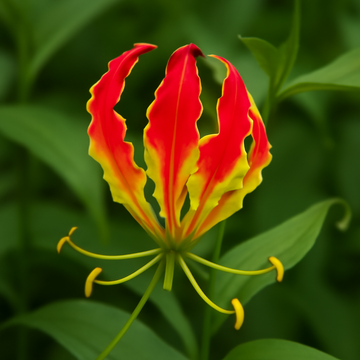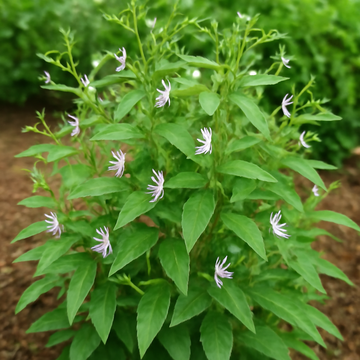
Growing strawberries from seeds may take a bit of patience, but the reward of sweet, homegrown berries is worth every step. Whether you’re a novice gardener or an enthusiastic grower, starting strawberries from seed is a fulfilling and fruitful endeavor.
About Strawberries
Strawberries are among the most beloved fruits in home gardens for their refreshing flavor, vibrant color, and versatility. Unlike store-bought plants, growing strawberries from seeds gives you access to rare varieties and ensures the plants are acclimated to your local environment from the start.

Why Grow Strawberries from Seeds
- Cost-effective and customizable: Seeds are much cheaper than nursery plants and offer more variety.
- Stronger root systems: Seed-grown strawberries tend to be hardier and adapt better to local soil and climate.
- Organic and chemical-free control: You control the growing conditions from seed to harvest.
When to Plant Strawberry Seeds
The best time to start strawberry seeds indoors is during late winter or early spring, about 8–10 weeks before the last expected frost. This ensures plants are ready to go outside once temperatures warm up.
Where to Grow Strawberries
Strawberries thrive in well-drained soil with full sun exposure. They can be grown in:
- Raised garden beds
- Hanging baskets
- Pots and containers
- Vertical planters
Choose a spot with at least 6–8 hours of sunlight and rich, slightly acidic soil (pH 5.5–6.8).
How to Plant Strawberry Seeds
Follow these steps to successfully germinate strawberry seeds:
1. Cold Stratify the Seeds
Strawberry seeds often require cold treatment to break dormancy.
- Place seeds in a sealed container in the freezer for 2–3 weeks.
- Remove and allow to warm to room temperature before planting.
2. Sow the Seeds Indoors
- Use seed trays filled with light, sterile seed-starting mix.
- Lightly press seeds onto the surface. Do not bury.
- Mist with water and cover with plastic wrap to maintain humidity.
- Place in a warm, well-lit area (or use grow lights).
3. Germination Time
- Germination can take 2–3 weeks, so be patient.
- Once seedlings emerge, remove plastic and keep soil moist but not soggy.

How to Care for Strawberry Seedlings
- Thinning: Once plants have two sets of leaves, thin them out, leaving the strongest seedlings.
- Transplanting: After danger of frost passes and plants have grown 2–3 inches tall, harden them off and move outdoors.
- Watering: Keep the soil consistently moist.
- Mulching: Add straw or mulch to retain moisture and prevent soil splashing on fruit.
Companion Plants for Strawberries
Strawberries grow well with:
- Lettuce – helps shade soil and retain moisture
- Basil – repels pests
- Spinach and beans – improve nitrogen in the soil
Avoid planting near cabbage or other brassicas, which can compete for nutrients.
Harvesting Your Strawberries
- Harvest berries when they are fully red and plump.
- Pick in the morning for the sweetest flavor.
- Regular harvesting encourages more fruit production.

Uses of Homegrown Strawberries
Fresh strawberries can be used for:
- Fruit salads and smoothies
- Homemade jams and preserves
- Baking in pies, muffins, and cakes
- Freezing for year-round use
Final Thoughts
Growing strawberries from seeds may take time, but it offers a more organic, rewarding gardening experience. From sowing to harvest, each step brings you closer to a healthier, homegrown lifestyle.
Ready to grow your own?
Explore premium strawberry seeds now at AvniSeeds.com and start planting the sweetness today.




